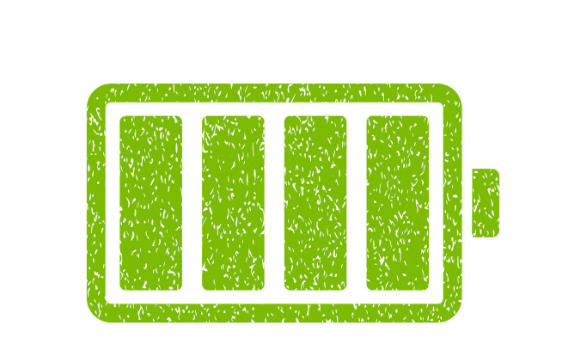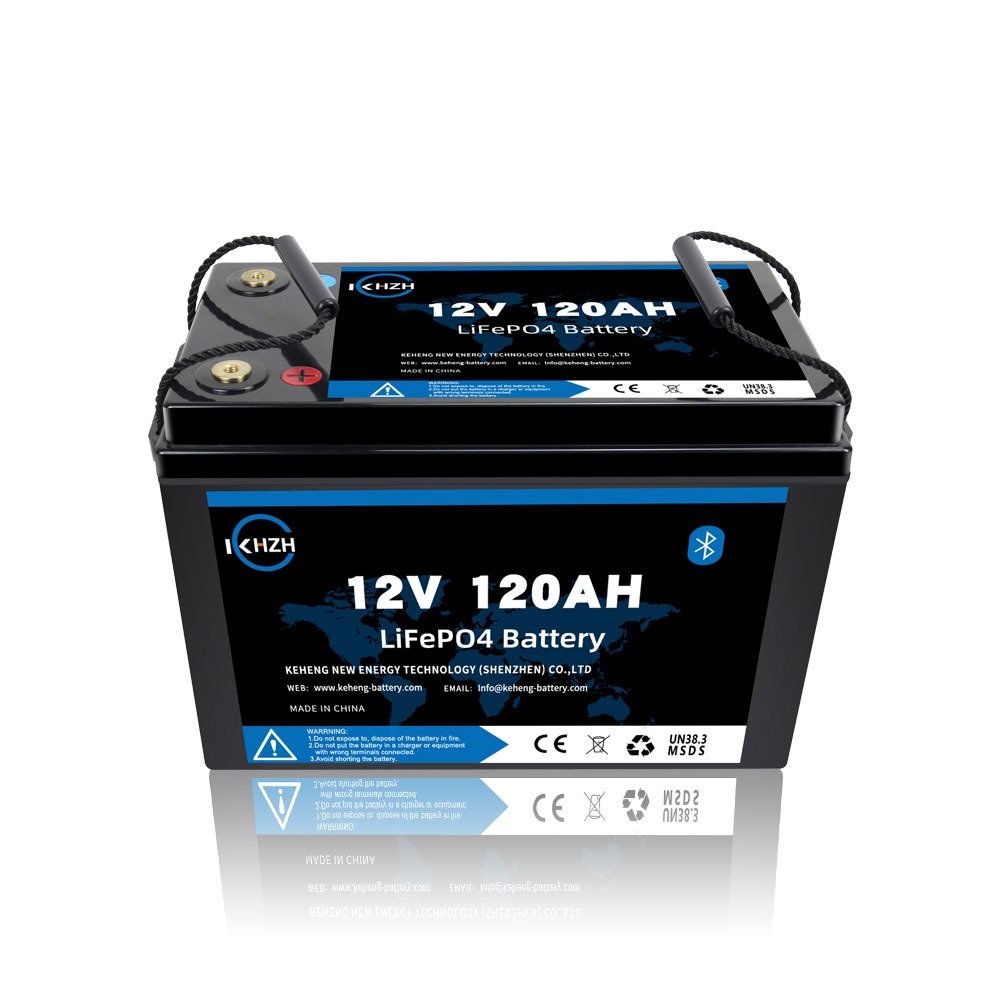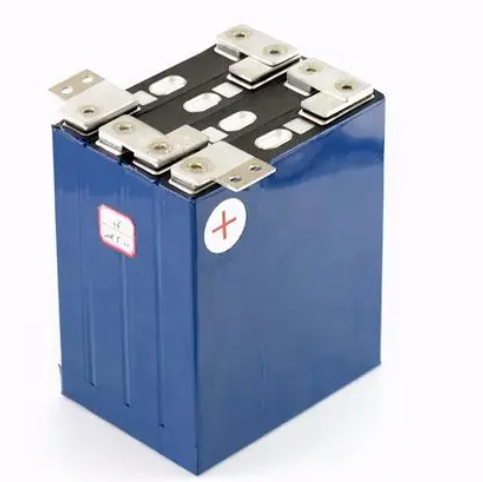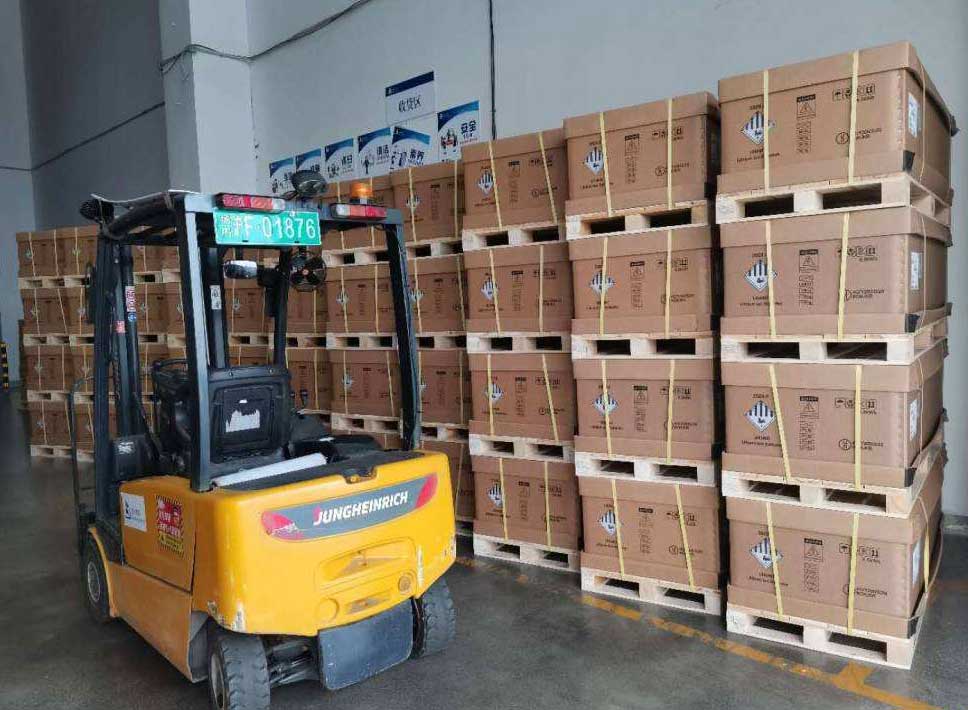Who invented the lithium battery
Volt invented the Lithium Batteries.
In 1799, the Italian physicist Volta immersed a zinc plate and a tin plate in salt water and found that there was an electric current in the wire connecting the two metals. So he put a lot of flannelette or paper soaked in salt water between the zinc and silver sheets and folded them flat.
When touching both ends with your hand, you will feel strong current stimulation. In this way, volt successfully made the world’s first battery – “volt stack”. This “volt stack” is actually a series battery pack. This became the power source of the telegraph in the early electrical experiment.

What is LiFePO4 battery?
LiFePO4 battery is also called Lithium iron phosphate battery , which refers to a lithium-ion battery using lithium iron phosphate as the cathode material. Lithium battery is a kind of battery with lithium metal or lithium alloy as cathode material and non-aqueous electrolyte solution.

Advantages of lithium iron phosphate battery
- Ultra long service life: lithium iron phosphate battery has a long service life, with a cycle life of more than 2000 times. Under the same conditions, lithium iron phosphate battery can be used for 7-8 years.
- Use safety: lithium iron phosphate battery has passed strict safety test and will not explode even in traffic accidents.
- Energy saving and environmental protection: lithium iron phosphate battery is green, non-toxic, pollution-free, with a wide range of raw materials and low price.
- Fast charging: use a special charger to charge the battery at 1.5C for 40 minutes.
- High temperature resistance: lithium iron phosphate battery is high temperature resistant, and the hot air value of the battery can reach 350-500 ℃.
- Large capacity: lithium iron phosphate battery has large capacity.
Disadvantages of lithium iron phosphate battery
- The real density of lithium iron phosphate battery cathode is small, and the density is generally about 0.8-1.3.
- Poor conductivity, slow lithium ion diffusion speed, and low actual specific capacity when charging and discharging at high times.
- The low temperature performance of lithium iron phosphate battery is poor.
- Lithium iron phosphate battery has a long service life of about 2000 times, but the service life of lithium iron phosphate battery pack is short, generally about 500 times.
Application field of lithium iron phosphate battery
Large electric vehicles, light electric vehicles, electric tools, solar and wind energy storage equipment, ups and emergency lights, warning lights and miner’s lamps, small medical equipment and portable instruments.
How to charge LiFePO4 battery?
CCCV charging mode is recommended for the charging of lithium iron phosphate battery pack, that is, constant current first and then constant voltage. Constant current is recommended to be 0.3C. Constant pressure recommendation 3.65 That is, 0.3C current is charged during the constant current process. When the battery voltage reaches 3.65v, 3.65v voltage is used for constant voltage charging. When the charging current is lower than 0.1C (or 0.05c), stop charging, that is, the battery is full. When you charge with a constant voltage power supply, it also depends on the charging current. It is recommended not to charge with too high voltage. After adjusting the voltage, ensure that the charging current is below 0.5c, which is good for the battery.
Generally, the upper charging voltage of lithium iron phosphate battery is 3.7 ~ 4V and the lower discharge voltage is 2 ~ 2.5V. Considering the five aspects of discharge capacity, median discharge voltage, charging time, percentage of constant current capacity and safety, the charging scheme of constant current and constant voltage is adopted. For lithium iron phosphate battery pack, it is reasonable to set the charging limit voltage at 3.55 ~ 3.70v, and the recommended value is 3.60 ~ 3.65v, The lower discharge limit voltage is 2.2V ~ 2.5V.
The charger of lithium iron phosphate battery pack is different from ordinary lithium batteries. The maximum termination charging voltage of lithium batteries is 4.2 V; Lithium iron phosphate battery pack is 3.65 volts. When the lithium iron phosphate battery pack is charged, it is a flat line connected to the balance charging board. Generally, it is charged directly in series from both ends. The charger voltage is greater than the battery pack voltage. The voltage of each single cell detected by the cable arrangement is equivalent to a voltage stabilizing tube in parallel. The charging voltage of the single cell will not exceed the voltage stabilizing value, while other single cells continue to charge and bypass through the voltage stabilizing tube.
At this time, the power of each monomer is nearly full, but each monomer is balanced, so the charging current is small, and each cell is fully balanced. The charger can only protect the terminal voltage of the whole battery pack. The balanced charging board ensures that each single unit is overcharged and full. The charging of the whole lithium battery pack cannot be stopped because one cell is full.

Can you parallel LiFePO4 battery?
Yes, all of Keheng battery support parallel connection.
Where to buy LiFePO4 batteries?
Keheng can provide high quality LiFePO4 batteries with 2000 times cycle lifespan. cleck here to get the battery spec and parameter.
How to store lithium ion battery safely
- Lithium batteries should be kept at 50% – 60% state of charge when stored for a long time. They should be recharged every three months and charged and discharged every six months.
- During the transportation of Lithium batteries, pay attention to moisture-proof and moisture-proof, and prevent extrusion and collision, so as to avoid battery damage.
- It is forbidden to use or place lithium-ion batteries under high temperature, otherwise it may cause overheating, fire, function failure and short service life of the battery.
- It is forbidden to store in places with strong static electricity and strong magnetic field, otherwise it is easy to damage the battery safety protection device and bring unsafe hidden dangers.
- The storage temperature of the battery must be within the range of – 10 ℃ ~ 45 ℃, and the humidity is 65 & plusmn; 20%RH。
- Storage voltage and electric quantity: the voltage is 3.7V ~ 3.9v (4.2V lithium ion battery standard voltage system, multi string combination * corresponding multiple); the electric quantity is between 30% – 70%.





